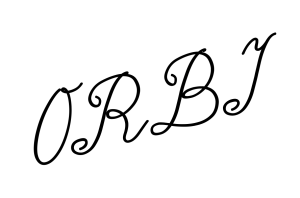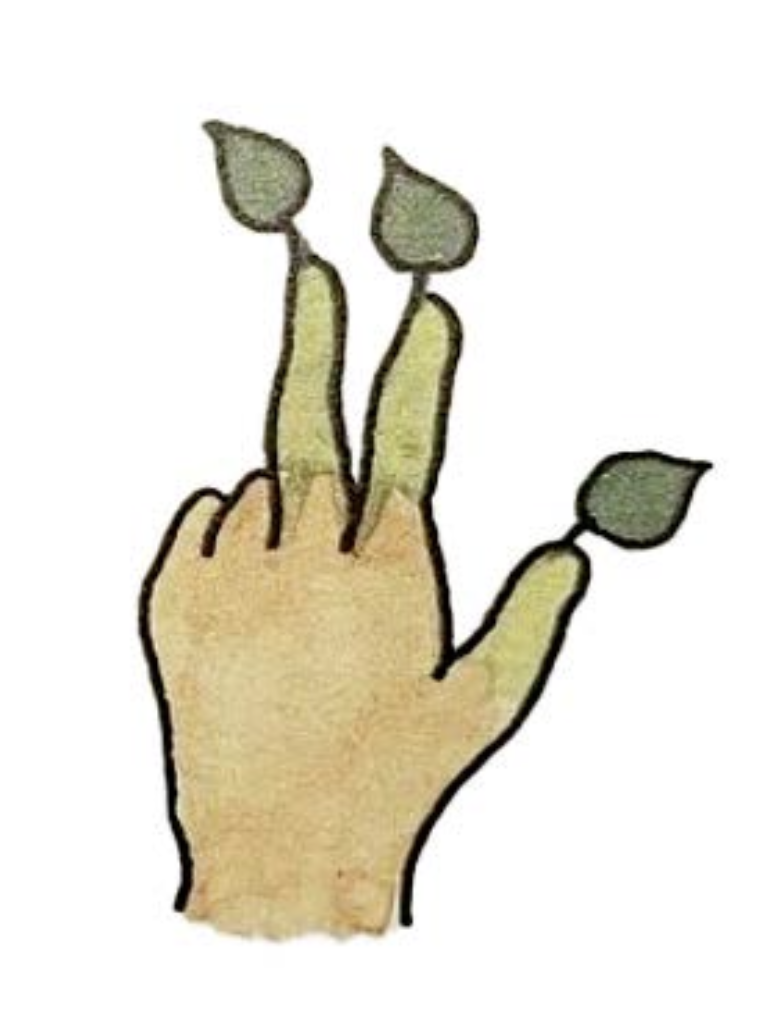
About:
The Spring School is an annual four-day workshop exploring questions about landscape, gardens and plants through critical thinking and practical activities. The third edition of The Spring School is open to 18 participants with an interest in plants, landscapes, crafts and communities.
Apply:
Apply by writing approximately 10 lines describing who you are and why you would like to participate to foraarsskolen@orbivraa.dk by April the 15th.
If more than 18 people apply, participants will be selected based on their motivation statement.
We aim to bring together a diverse group of people and encourage applications across disciplines—whether you work with architecture, art, agriculture, plant science, or other fields. Everyone interested is welcome to apply.
Price:
Participation in Spring School costs 1200 DKK, which includes meals, accommodation, teaching, materials and activities.
Facilities:
All meals are organised and prepared together. Participants sleep in shared rooms (on mattresses) with 3–6 people per room. There is a shared toilet and shower on the farm. You are also welcome to bring a tent if you prefer to sleep outdoors. The farm is close to the forest and the Gram Å river, where you can fish and take a cold dip. There are workspaces, a wood workshop, a printing workshop and a sauna in the barn.
Transport:
You must organise your own transport to and from the farm. You can take a train to Vamdrup station or arrive by car. From Vamdrup station, flexible transport is available via Sydtrafik (sydtrafik.dk/flextrafik/flextur/).
Schedule:
Wednesday 21/5: Arrival and dinner
Thursday 22/5 – Saturday 24/5: Activities (see the list below)
Sunday 25/5: Cleaning, exhibition and travel home
Organisers:
Ada Zalecka
Juliette Ringrose
Lærke Lyhne
Simone Rasch Cymborski
Torkild Helland Kleppe
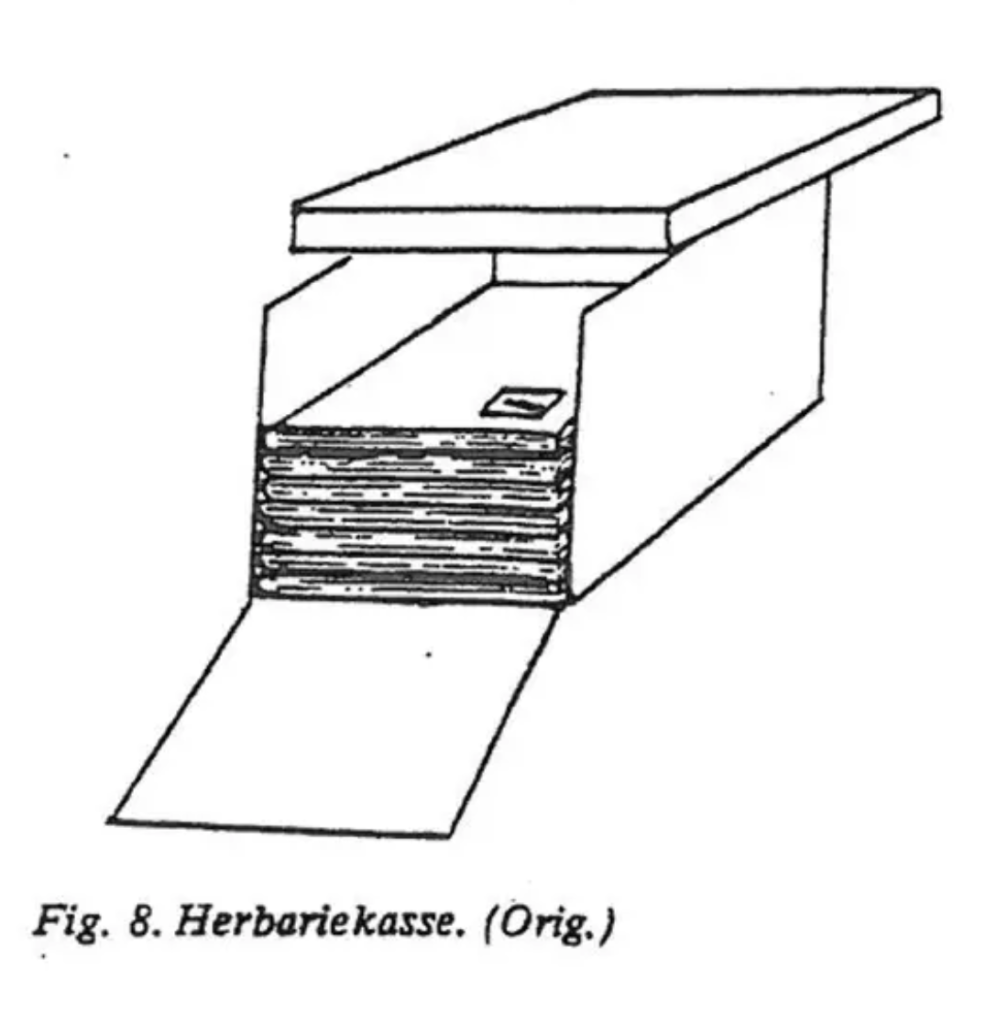
The Heart Compared to a Seed
When:
21 – 25 may 2025
Where:
Vråvej 2, 6630 Rødding
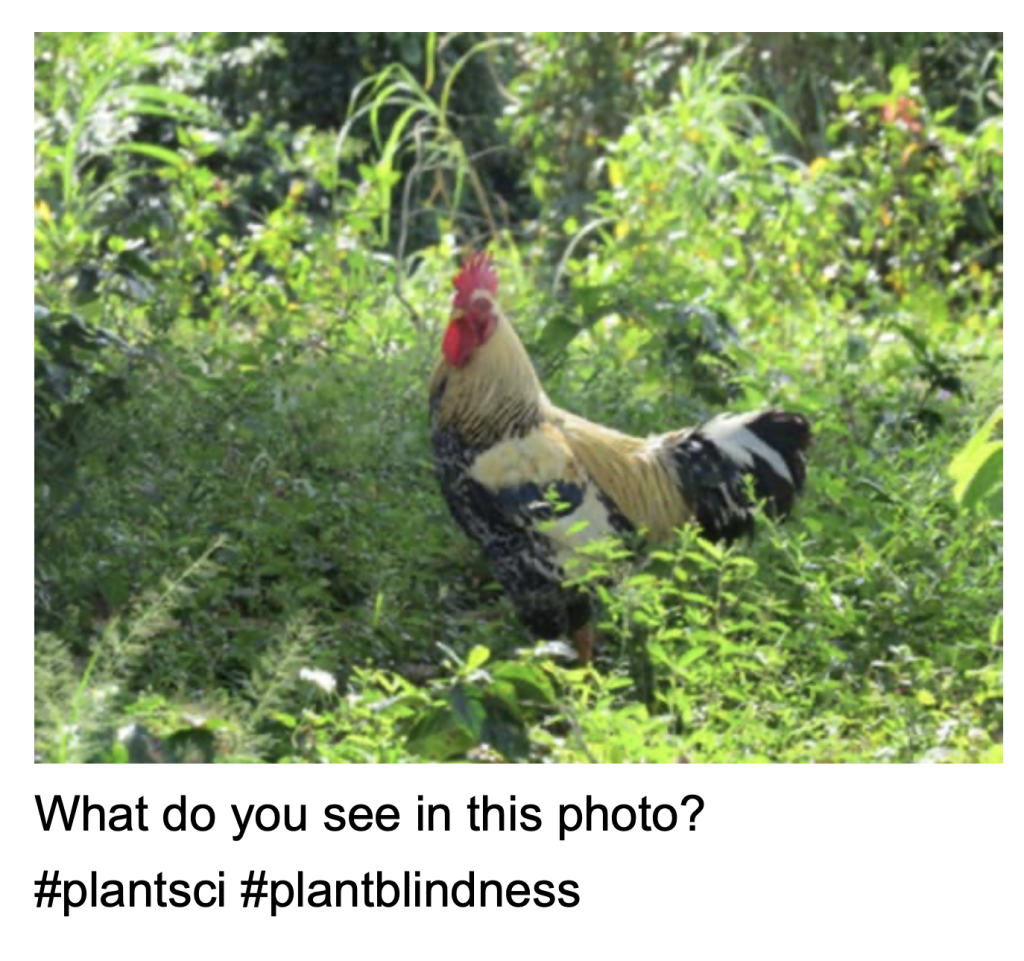
At this years Spring School, we will spread out into landscape and collect plants for a herbarium. A herbarium is traditionally a scientific collection of dried and pressed plants with field notes and relevant information. Our understanding of a herbarium is a poetic tool to map the landscape—a situated and personal collection that can help shape our awareness of relationships in the landscape.
The term ‘plant blindness’ describes the ways in which humans have a tendency to overlook and ignore plants. Plants are often seen as a green backdrop for other motives to take the spotligt, whether objects, animals, architecture or people. Scottish filmmaker, Margaret Tait offers an alternative perspective, where a rustling leaf in the background is as important as the woman in the foreground. Tait uses the concept of “pursuing the image”, borrowed from the Spanish poet Federico García Lorca, as an approach where all elements within the film’s frame are potentially given equal significance.
“An apple is no less intense than the sea, a bee no less fantastic than a forest.” — Federico García Lorca
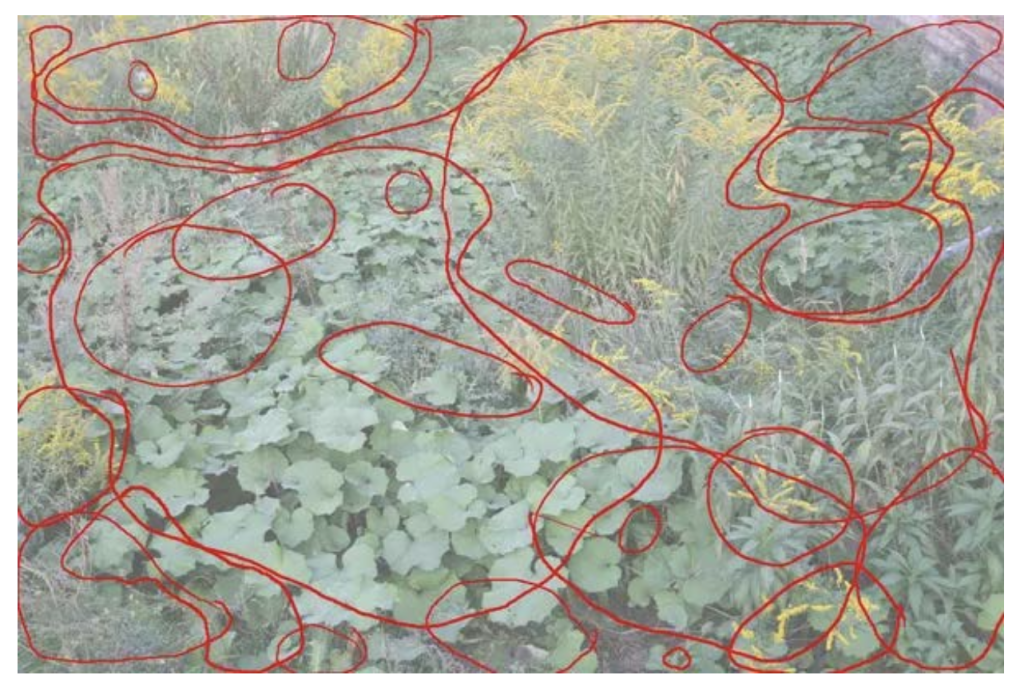
By collecting and portraying plants, we can point out the wide variety and distinct aesthetic and biological properties of plants. By collecting in a particular way, we can create awareness, and even empathy for specific plant species – to the point where we can identify with them and strengthen relationships between people and plants.
Both science and poetry use observation and description to expand our understandings of the world around us. On one hand, science wants to divide and categorise, while on the other, a poetic perspective can allow for things to flow and merge into each other. Through the herbarium, we have the opportunity to separate things, and then recompose them together again.
The Spring School invites us to investigate and challenge the format of the herbarium as a classification system. Through its hierarchical and well-ordered structure, Carl von Linné’s Systema Naturae (1735) contributed to establishing modern scientific practice. Collecting and categorising has historically been a scientific trope that seeks to simplify a complex world through a clear and organised system. At the same time, a collection always has a limited size, and where the boundaries lie, a personal slice of a complex and overwhelming whole is drawn. The herbarium can be understood as an ambiguous tool, one that can both reinforce and destabilize our prejudices and fantasies about the landscapes in which we live, build, and inhabit.
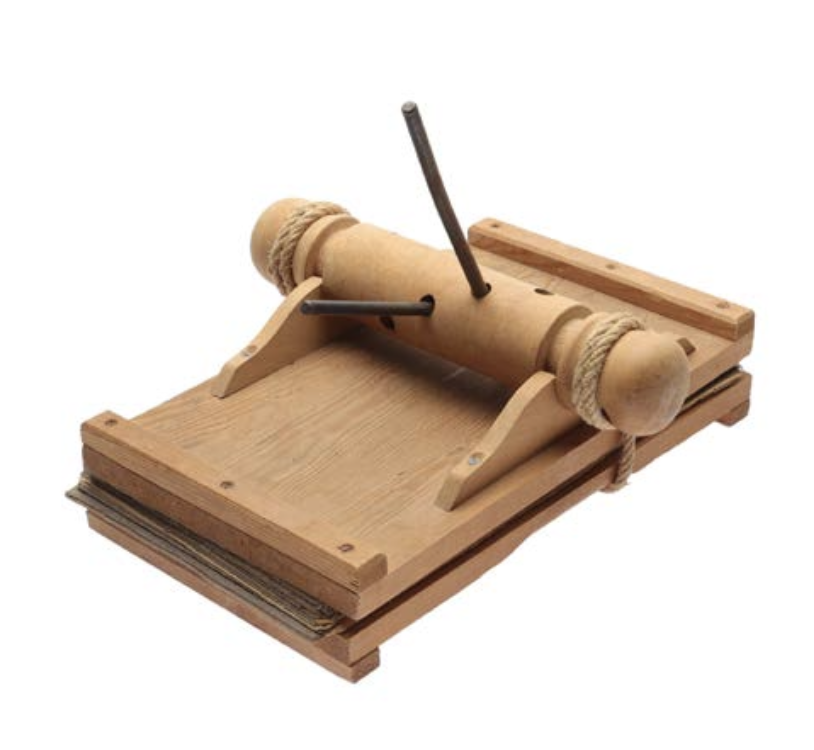
Activities:
( 1 )
Guided walk with organic farmer & alchemist Lærke Lyhne and plant specialist Ronja Busk
( 2 )
Building a plant presser, pressing plants and making paper with architects Ada Zalecka and Torkild Helland Kleppe
( 3 )
Writing and drawing excercises with architects Juliette Ringrose and Simone Rasch Cymborski
( 4 )
Gardening, planting flax
( 5 )
Workshop about communal performativity with artist Nickie Sigurdsson
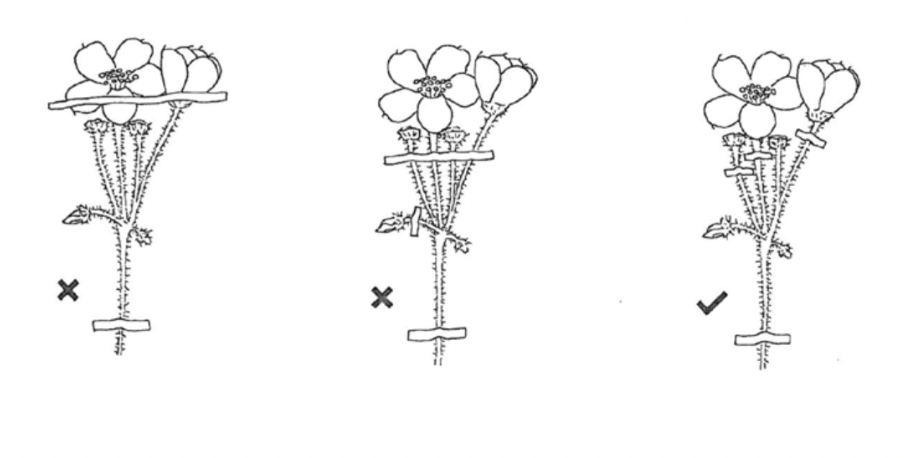
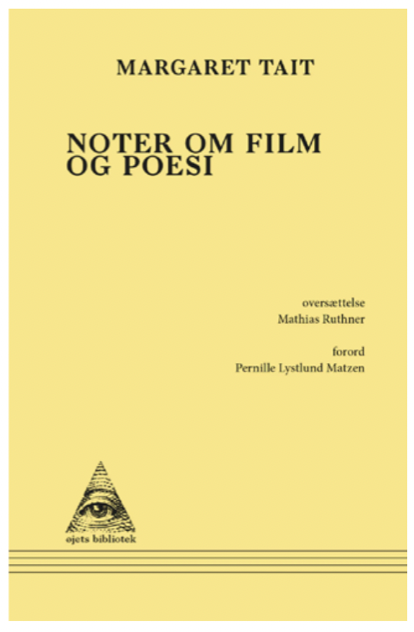
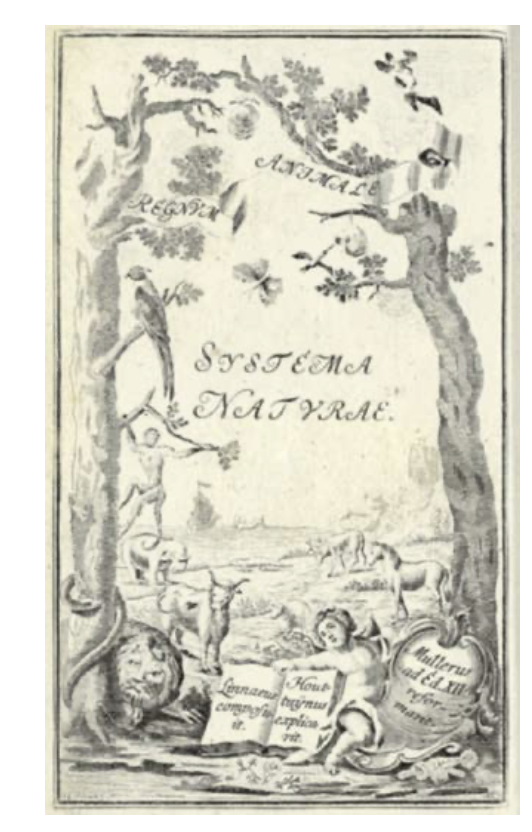
Throughout the workshop we ask:
( 1 )
How can plant portraits expand our understanding of landscapes?
( 2 )
How can we connect body, mind, and environment through drawing and writing?
( 3 )
Can the garden be a center for sociality, knowledge production, and cultural exchange? Can it be a space of resistance? (Inspired by Silvia Federici)
